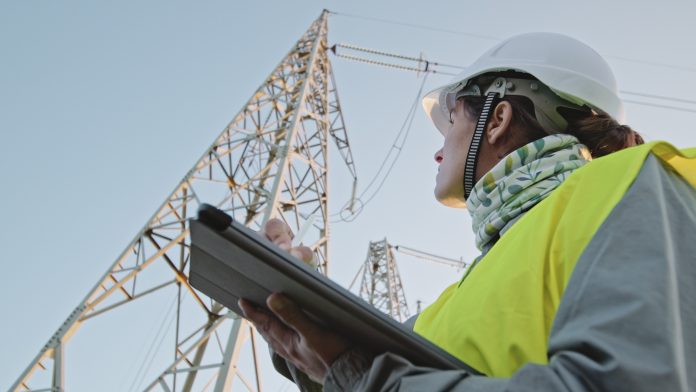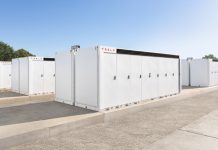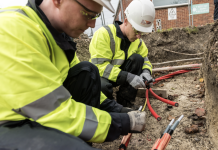Electricity network operators are capable of leading the Net Zero renewable energy transition – but only if they utilise technology to facilitate the process
As one of the first major economies in the world to pledge Net Zero by 2050, the UK is certainly feeling the strain, with energy and electricity network companies playing a pivotal role when it comes to driving significant change.
Electricity network operators, in particular, have the power to connect renewable energy sources, leading to a greener, cleaner future for all. However, until now, rolling out such a transition on a national scale has been a time-consuming and complex process.
With time truly of the essence, technology that can facilitate the process – smoothly and efficiently – will be crucial to making Net Zero a reality.
Low carbon technology connections in electricity networks
As the country’s biggest electricity network distributor, UK Power Networks is leading the charge on climate change by putting technology at the core of its connection process.
For example, the development of Smart Connect, a connections portal, provides both domestic and commercial installers of low carbon technology connections, such as EV charge points, solar PV and heat pumps, with a more efficient way to connect their device to its electricity network.
Built using Netcall’s low-code capabilities, the portal is already processing over 9,000 connection requests every month by offering seamless application and approvals processes whilst handling Smart enquiries and two-way payments with ease.
Its focus is to provide easy customer journeys, with fast-tracked approvals and automation to enhance convenience. By harnessing the power of low-code, energy companies can build applications such as these fast by making development easier and democratising innovation across the organisation.
The use of low-code for sustainability and customer service
Low-code provides the agility and powerful integration capabilities needed for energy providers to keep up with the growing demands surrounding sustainability whilst meeting the need of customers.
With automation at its core, the application provides automated assessments to significantly reduce processing times and issue instant approval when the set criteria are met.
It also enables automatic referrals to internal teams when needed, for example, if a customer needs to upgrade their main electrical fuse. A simple dashboard means that customers can be empowered to take control and manage their requests, even adding images and supporting documents.
A 300% increase in connection requests
Already seeing a 300% increase in connection requests in less than a year, high uptake will help local government in its efforts to meet clean air targets.
By focusing on enabling digital transformation by adopting Platform as a Service (PaaS) technologies, energy companies can increase automation and in doing so – improve engagement and communication with their customers.
Digital portals like Smart Connect ultimately make processes and interactions in electricity networks more efficient, which helps cut carbon emissions for customers and their ecosystems.
In order to not only meet the Net Zero targets, but perhaps even exceed them, technology that can speed up the renewable connection process will be essential.
Electricity networks needn’t block the path to decarbonisation – in fact, with the right technologies in place, energy companies have the power to support governments as they tackle climate change head-on.
This piece was written and provided by Richard Farrell, Chief Innovation Officer at Netcall.














